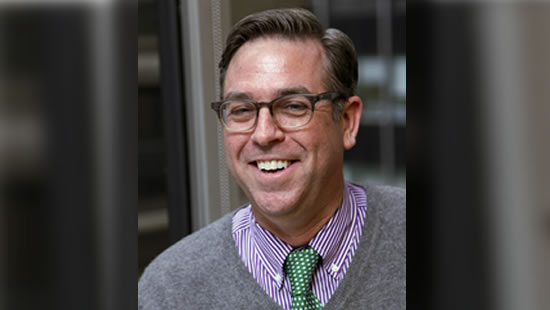Bystanders, Sticks & Stones: The Unintended Accomplices to the Pain of Being Bullied
By Jeff Ervine

Jeff Ervine (Photo Credit: Bridg-it Foundation)
When I first started my journey into building safety and wellness tools to better protect students from bullying and cyberbullying, my goal was to empower students to always feel safe and secure at school. When children feel safe at school, they are willing to take more risks and subsequently learn more and faster. I continue to believe that almost every bully was once a victim of bullying. Bullying and cyberbullying are learned behaviors; they are behaviors we either model from others or learn from our personal experiences of being bullied. And I know that forgiveness and reconnection after an incident of bullying is essential to a bullying victim’s continued social, emotional, and academic growth. But what I did not know at the beginning of my journey was that the majority of the social pain experienced by a bullying victim is not caused just by his bully. I will come back to this point, but first let’s look at how society addresses bullying in schools.
Most everyone in every community approaches solving a non-physical, social bullying incident by responding to the bully with a combination of punitive discipline (i.e. detention) and having the bully make amends (i.e. apologize to the victim); and in the most advanced schools, restorative discipline is applied to the bully (the bullies understand why what they did was wrong and they feel true remorse). Meanwhile, the parents of victims, more often than not, support their child with the timeless sticks and stones mantra, “sticks and stones will break your bones, but names will never hurt you.” And after the bully serves out his detention, gives his apology and after the victim receives his parental support, fortified with a rendition of “sticks and stones”, everything is expected to return to normal. But things do not immediately return to normal for the victim and sometimes never return to normal. This is because the victim is still hurting from the continuing effects of social rejection and pain. The social pain is caused by the bystanders’ inaction! And their inaction is rationalized by saying [that] no one will do anything about it, and sadly they would be right in school communities that lack “connected” school leaders.
The reason the victim continues to feel pain is that he or she believes the bully speaks for the entire school. That is because the bystanders do and say nothing, and the victim starts to believe the bully speaks for everyone. Why else would everyone watch the bully tease the victim. Additionally, victims often believe since a bully is singling them out, they must not be liked by the rest of the school community. In instances of bullying, absence of any social support is perceived as mass rejection. So in today’s bystander-dominated schools, the pain and social rejection of being bullied is immediately amplified by the bystanders themselves (the students, teachers, coaches, and administrative staff) just watching, unwilling to do what is right: to deny, in public, what the bully is saying about the victim. The bystanders become the bully’s accomplices, unleashing real pain, the social pain of being bullied.
Based on studies from around the world, we know that approximately 10% of students between ages 12–16 are bullied on a regular basis. These students are in real pain every day. We also know that these bullied students are seven times more likely than other students to report being depressed. They experience more suicide ideation and are four times as likely as others to make a suicide attempt and more likely to succeed. This is the status quo and represents the horrible truth that all of us, who are “bystanders,” have to live with. No more need be said. #
Jeff Ervine is a recognized expert in online defamation, student online safety, restorative practices, and social networks. Jeff is the CEO of Bridg-it. He and his Bridg-it team are committed to helping school leaders everywhere improve the social and psychological safety of their students.
